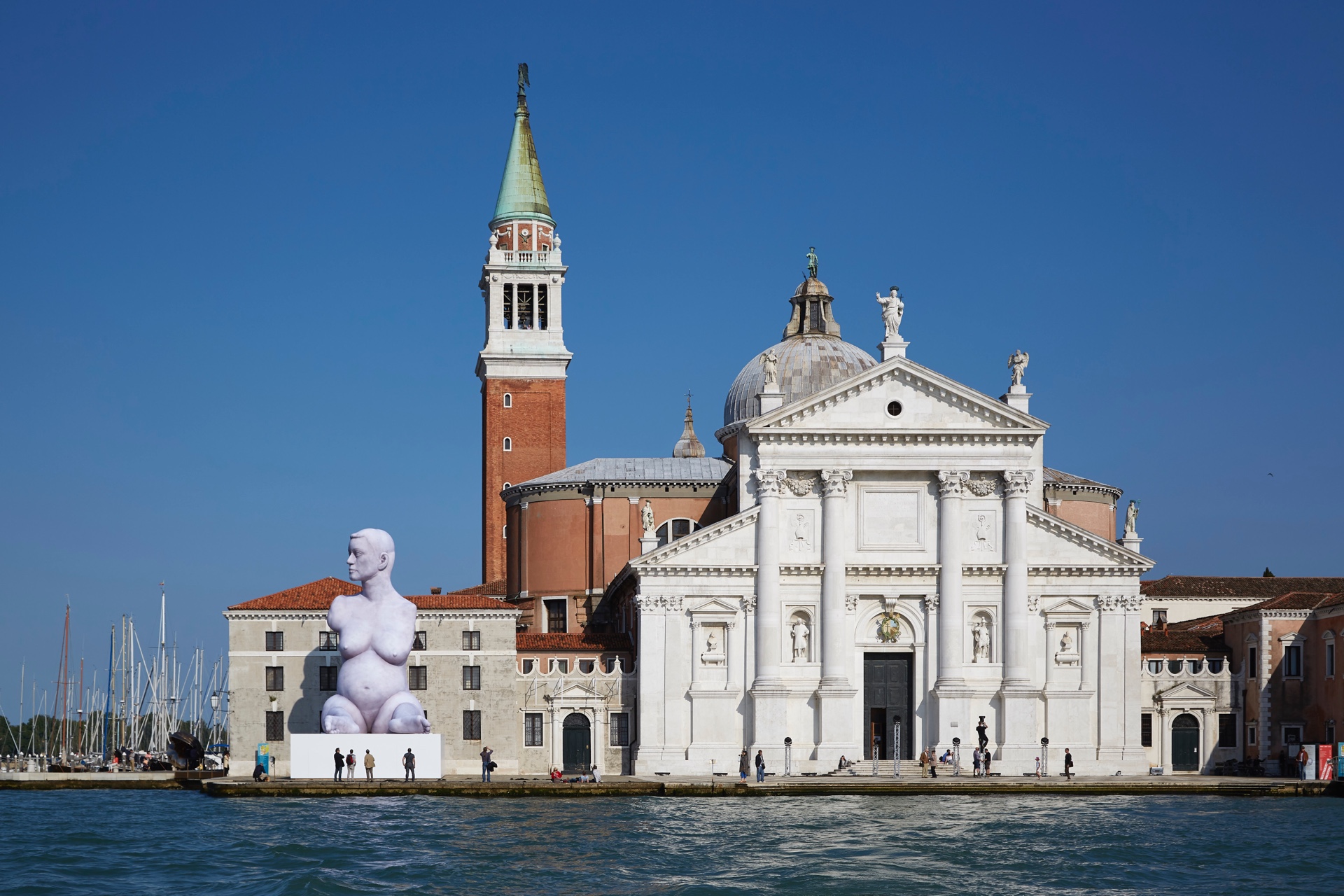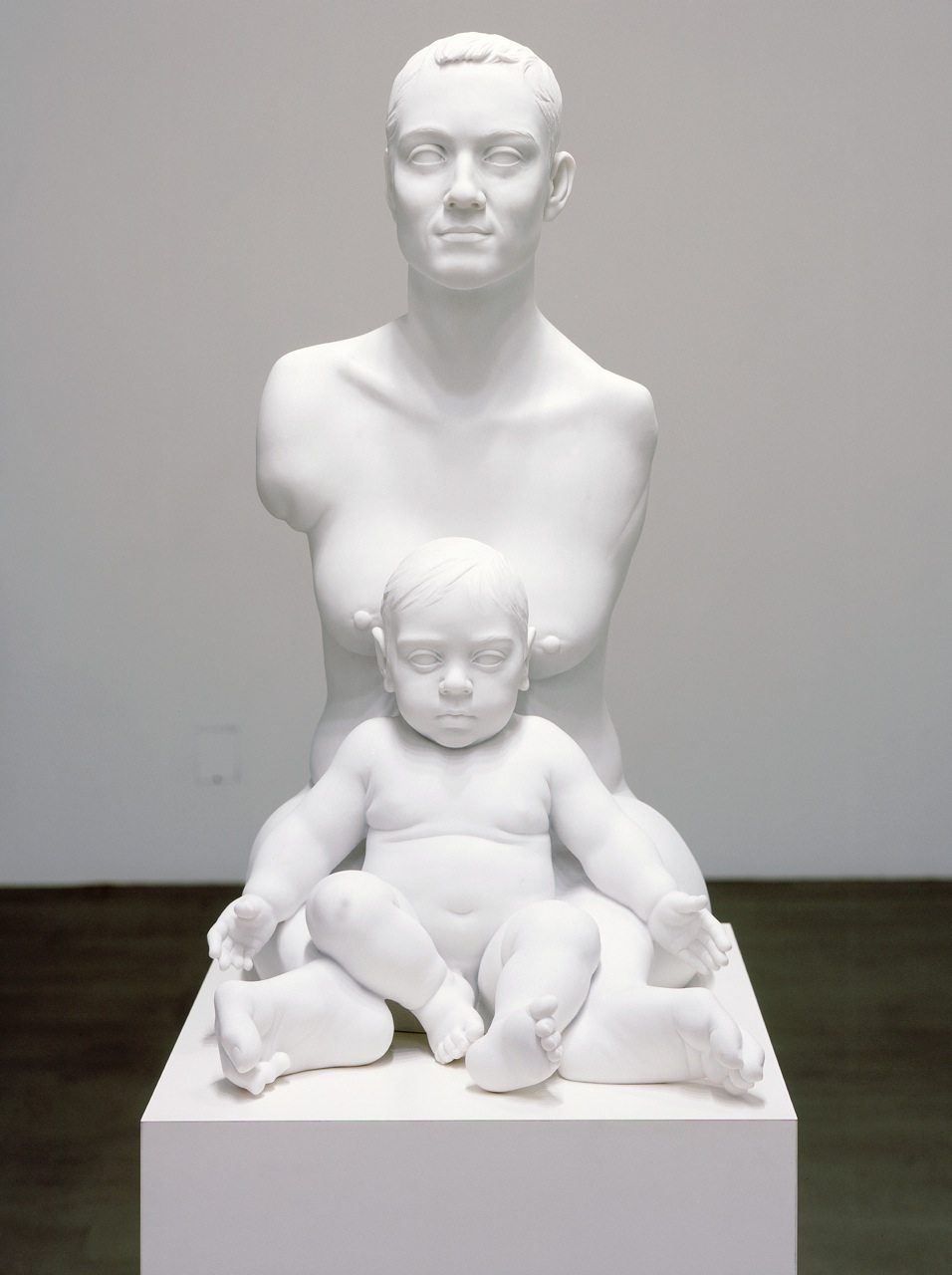Overview:
Quinn has made several sculptures of Alison Lapper as part of The Complete Marbles series of works. Quinn was drawn to Lapper as a subject for representing someone who has overcome their own circumstances through what he calls “a different kind of heroism”. This aspect of the work was underlined when he made a 3.5 metre sculpture – Alison Lapper Pregnant - for the Fourth Plinth in Trafalgar Square, a site with a deeply rooted and specific cultural context.
The sculpture celebrates in a very public way the beauty of a different body, and makes us question the narrow binds of acceptability into which social norms tend to push us. As well as being an artwork, the sculpture’s presence in Trafalgar Square has been hugely empowering in the progress of disabled rights in the UK. In an article from The Sunday Times Waldemar Januszczak wrote "Marc Quinn’s giant marble statue of the dysmelic Alison Lapper, rhyming her physical shortenings with the Venus de Milo, must be ranked as one of the most significant sculptural moments in Britain’s postwar art history. What a huge blow was struck for issues of disability by Quinn’s moment of sculptural genius.”
The work was later a centrepiece of the London 2012 Paralympic Games opening ceremony, in the form of a large-scale inflatable reinterpretation based on the original marble sculpture. Since other statues in Trafalgar Square all depict public heroes who are men and figures from the past, Quinn saw the placement of Alison Lapper on the Fourth Plinth as a “monument to the future”, celebrating “someone who has conquered their own circumstances, rather than someone who has conquered the outside world”.






